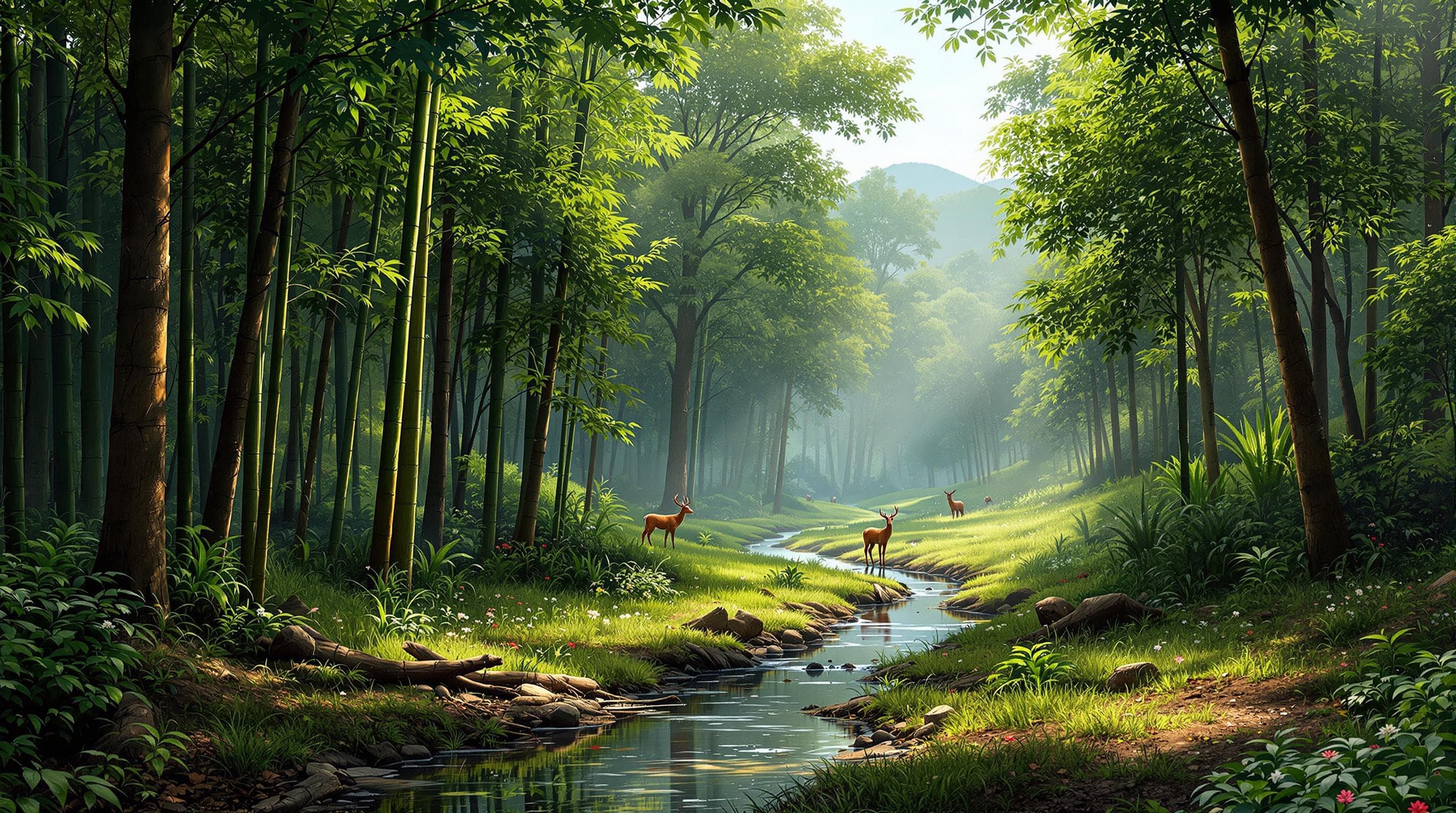
Wildlife Conservation
Protecting Biodiversity for the Future
Protecting Wildlife & Habitats
Wildlife conservation starts with surveying and mapping biodiversity to identify key habitats, endangered and endemic species, and areas of ecological importance. It also involves assessing current impacts on wildlife and developing strategies to reduce threats. Through long-term conservation planning and habitat enhancement, we create wildlife-friendly landscapes that support thriving ecosystems.
Habitat Protection
Preserving critical ecosystems for wildlife to thrive
Species Conservation
Safeguarding endangered and endemic wildlife populations
Ecosystem Restoration
Rebuilding and enhancing natural wildlife habitats
Steps Involved in Wildlife Conservation
Our comprehensive approach ensures effective protection and management of wildlife and their habitats
Assessing Wildlife & Habitat
Establishing baseline understanding of species and habitats
- Conduct thorough biodiversity surveys to identify species, including endangered and endemic ones, within operational areas.
- Use GIS mapping and ecological studies to establish a baseline understanding of habitat conditions and ecological connectivity.
Identifying & Mitigating Impacts
Addressing threats to wildlife populations and habitats
- Assess impacts from industrial activities like land clearing, pollution, and resource extraction that can disrupt wildlife.
- Implement mitigation strategies such as buffer zones, controlled lighting, and noise management to minimize harm.
Regulatory Compliance & Sustainability
Meeting legal requirements and conservation standards
- Align with environmental laws and international conservation frameworks for responsible operations.
- Integrate biodiversity conservation into Environmental, Social, and Governance (ESG) policies.
Habitat Restoration & Conservation
Rebuilding ecosystems for long-term sustainability
- Rehabilitate post-operation sites to restore degraded ecosystems through native vegetation reintroduction.
- Improve soil and water quality, and establish wildlife corridors to maintain ecological connectivity.
Managing Human-Wildlife Interactions
Creating coexistence strategies for people and wildlife
- Implement proactive measures such as fencing, habitat enrichment, and employee training on safe wildlife interactions.
- Foster coexistence strategies to reduce risks while maintaining ecological balance.
Community Engagement & Collaboration
Building partnerships for conservation success
- Collaborate with local communities, conservation organizations, and researchers on protection initiatives.
- Create long-term, nature-positive solutions that benefit both the environment and society.
Monitoring, Reporting & Improvement
Ensuring lasting impact through adaptive management
- Establish long-term biodiversity monitoring programs and incorporate findings into sustainability reports.
- Apply adaptive management to ensure conservation strategies evolve with new challenges and opportunities.
Our Conservation Approach
Balancing scientific expertise with practical implementation to protect wildlife and their habitats
Scientific Surveying
We employ cutting-edge technologies and methodologies to conduct comprehensive wildlife surveys, capturing accurate data on species distribution, population dynamics, and habitat conditions.
Strategic Planning
Our conservation strategies are built on solid scientific foundations and tailored to address specific challenges, ensuring effective and sustainable wildlife protection measures that balance ecological needs with human activities.
Community Integration
We engage local communities and stakeholders in conservation initiatives, recognizing that successful wildlife protection requires collaborative approaches that respect traditional knowledge and address socioeconomic needs.
